Introduction
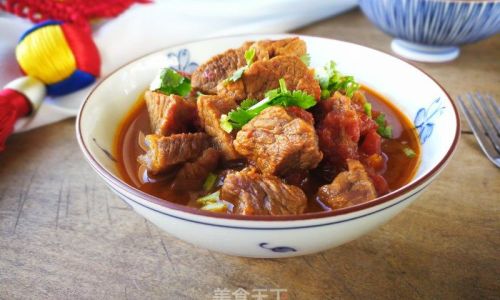
Cooking a hearty and flavorful dish like braised beef in brown sauce is an art form that combines patience, precision, and a love for culinary excellence. This timeless recipe has been a staple in many households across various cultures, each with its unique twist and secret ingredient. Whether you’re a seasoned chef or a home cook eager to impress, mastering the art of braising beef will elevate your culinary skills and delight your taste buds. In this comprehensive guide, we’ll delve into every step, from selecting the perfect cut of beef to achieving that rich, velvety brown sauce that makes this dish irresistible.
Section 1: Understanding the Basics of Braising
Braising is a cooking technique that involves searing meat at high heat to create a flavorful crust, followed by slow cooking in a covered pot with a small amount of liquid. This method tenderizes even the toughest cuts of meat, allowing all the flavors to meld together and develop a deep, complex taste. The key to successful braising lies in the combination of high initial heat for caramelization and low, slow heat for tenderization.
1 Choosing the Right Cut
When it comes to braised beef, the best cuts are those with plenty of collagen and fat, which break down during the slow cooking process, resulting in tender, juicy meat. Popular choices include:
- Chuck Roast: Known for its rich flavor and marbling.
- Brisket: Often used in Texas-style BBQ, it benefits greatly from long, slow cooking.
- Short Ribs: These have a high fat content and connective tissue that turns into gelatin, making the meat incredibly tender.
- Beef Shank: Less common but equally rewarding, it becomes incredibly tender and flavorful when braised.
2 Preparing the Ingredients
Beyond the beef, you’ll need a variety of aromatic vegetables, herbs, and spices to build the foundation of your brown sauce. Essential ingredients include:
- Onions, carrots, and celery: The classic mirepoix, which adds sweetness and depth.
- Garlic: For its pungent, aromatic flavor.
- Tomato paste: Adds acidity and a rich, umami taste.
- Red wine: Optional but highly recommended for its ability to enhance flavors and add complexity.
- Beef broth or stock: Provides the necessary moisture for braising.
- Herbs and spices: Bay leaves, thyme, rosemary, black peppercorns, and paprika are all excellent choices.
Section 2: Preparing the Beef
1 Trimming and Seasoning
Begin by trimming any excess fat from the beef. While some fat is beneficial for flavor and moisture retention, too much can make the dish greasy. Season the meat generously with salt and pepper. Salt draws out moisture, which then reabsorbs with the seasoning, flavoring the meat deeply. Let the seasoned beef sit at room temperature for about 30 minutes. This step, known as “resting,” allows the meat to come to a more uniform temperature, ensuring even cooking.
2 Searing the Beef
Preheat a heavy-bottomed pot or Dutch oven over medium-high heat. Add a tablespoon or two of oil (such as olive oil or avocado oil with a high smoke point). When the oil is hot, sear the beef in batches to avoid overcrowding. This ensures an even sear and helps develop the Maillard reaction, which creates the delicious brown crust. Sear each side until deeply caramelized, about 3-4 minutes per side. Remove the beef from the pot and set it aside.
Section 3: Building the Sauce Base
1 Sautéing Aromatics
In the same pot used for searing, add chopped onions, carrots, celery, and a bit more oil if needed. Sauté these vegetables until they are soft and beginning to caramelize, about 8-10 minutes. Add minced garlic and cook for another minute, being careful not to let it burn.
2 Adding Tomato Paste and Deglazing
Stir in a couple of tablespoons of tomato paste and cook for 2-3 minutes, stirring constantly. The tomato paste will darken and deepen in color, adding a rich, savory flavor to your sauce. Deglaze the pot with a splash of red wine (or beef broth if you’re avoiding alcohol). Use a wooden spoon to scrape up any browned bits stuck to the bottom of the pot. These bits, known as fond, are packed with flavor and essential for your sauce.
3 Incorporating Herbs and Spices
Add your chosen herbs and spices to the pot. Bay leaves, thyme sprigs, rosemary, and black peppercorns should be tied in a cheesecloth or enclosed in a tea bag to make them easier to remove later. Stir in any additional seasonings like paprika or dried mushrooms for extra depth.
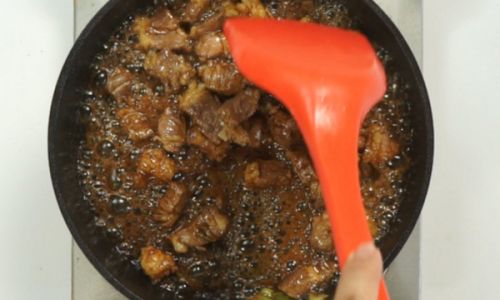
Section 4: Assembling and Braising
1 Adding the Beef Back In
Nestle the seared beef back into the pot, making sure it’s submerged in the aromatic vegetable mixture. Pour in enough beef broth or stock to come halfway up the sides of the meat. If using red wine, add it now, reducing the total liquid slightly to account for the alcohol evaporation.
2 Covering and Cooking
Bring the liquid to a simmer, then cover the pot with a tight-fitting lid. Transfer the pot to the oven preheated to 325°F (163°C) or continue cooking on the stovetop over the lowest possible heat. The goal is to maintain a gentle simmer, not a rolling boil.
3 Checking and Adjusting
Braise the beef for 2.5 to 4 hours, depending on the cut and desired tenderness. Chuck roast and brisket generally take longer than short ribs. Check the pot occasionally to ensure the liquid hasn’t reduced too much. If it looks dry, add a bit more broth. Flip the meat halfway through braising for even cooking.
Section 5: Finishing Touches
1 Testing for Doneness
The beef is done when it’s fork-tender, meaning it should offer little resistance when pierced with a fork. If using a thermometer, the internal temperature should reach around 190-200°F (88-93°C).
2 Thickening the Sauce
Transfer the beef to a plate or cutting board to rest for at least 15-20 minutes. This step is crucial for redistributing juices within the meat, making it even more tender and flavorful. While the beef is resting, strain the braising liquid through a fine-mesh sieve into a clean pot, discarding the solids. Skim off any excess fat from the surface.
To thicken the sauce, you can:
- Reduce: Simmer the strained liquid over medium heat until it reaches your desired consistency.
- Add a slurry: Mix a small amount of cornstarch or flour with water and whisk it into the simmering sauce.
- Use beurre manié: A mixture of softened butter and flour rubbed together, which is whisked into the sauce for a silky finish.
3 Serving
Slice the braised beef against the grain for maximum tenderness. Serve it with a generous ladle of the rich, flavorful brown sauce poured over the top. Accompany your braised beef with sides like mashed potatoes, roasted vegetables, or egg noodles to soak up every last drop of that delicious sauce.
Conclusion
Braising beef in brown sauce is a labor of love that rewards you with a dish full of rich, complex flavors and tender, succulent meat. By following these steps and understanding the principles of braising, you can create a meal that is not only satisfying but also impressive. Whether you’re cooking for a family dinner or hosting a dinner party, this classic dish is sure to steal the show. Happy cooking!
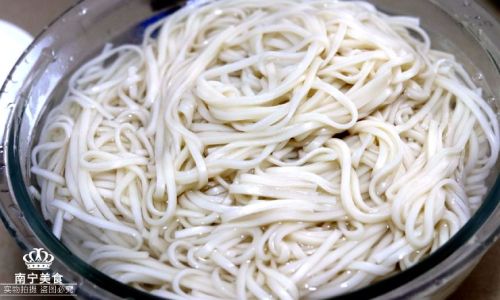
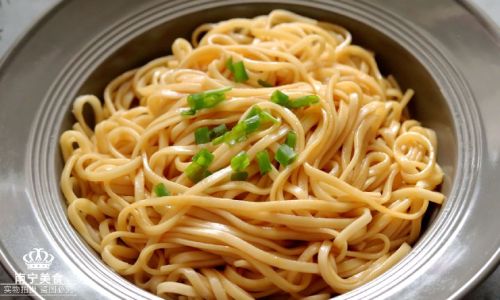
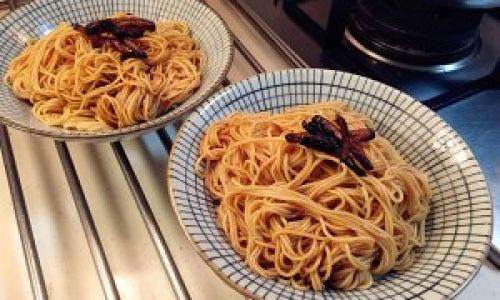
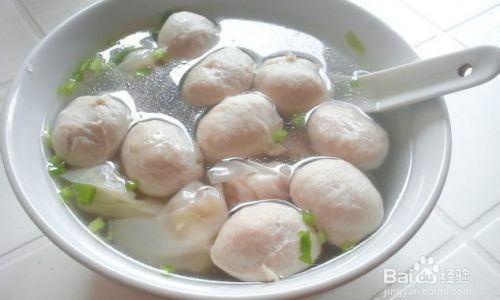

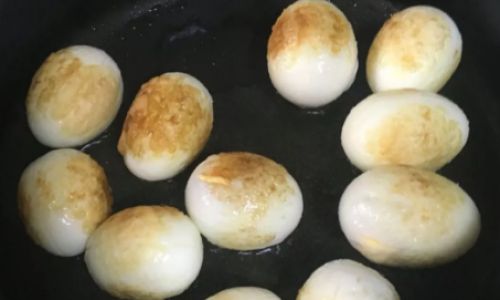
0 comments